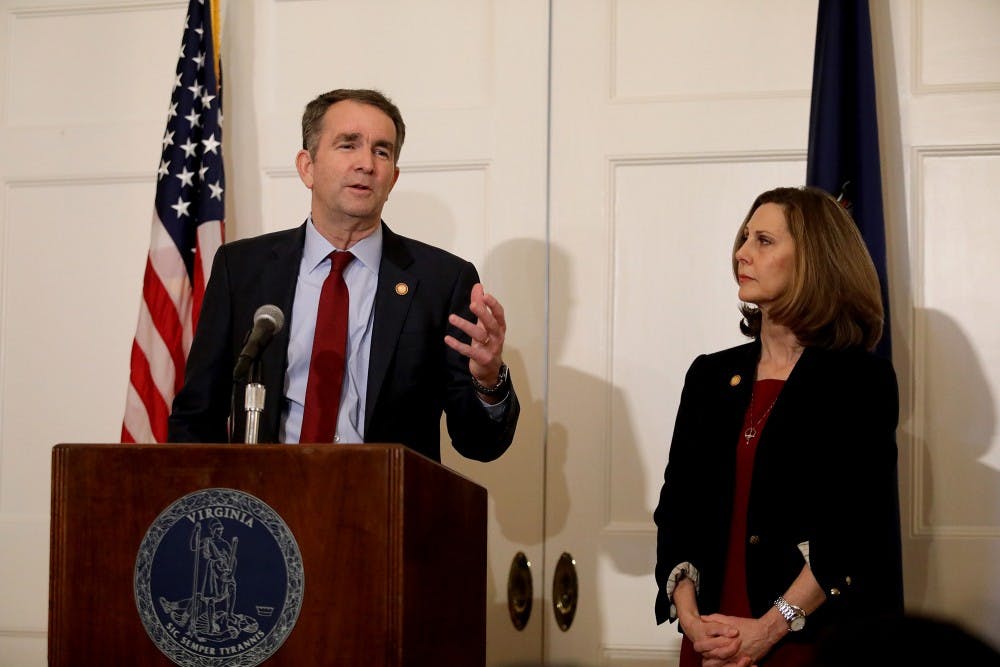Controversies on both the national and local level are demonstrating that many white Americans are still struggling to understand the racist implications of using blackface.
On the national level, Virginia Gov. Ralph Northam has been the subject of a scandal and many calls for resignation since the resurfacing of a photo on his medical school yearbook page featuring someone in blackface next to someone in Ku Klux Klan attire.
On the local level, Richard Gist, a coach and substitute teacher for Brown County Schools, has been fired in the wake of a controversy that started when he posted a photo of himself in blackface as Bob Marley on Facebook.
Both men demonstrated poor judgment in their decisions to use blackface, if not outright racial hatred in the case of Northam’s alleged appearance wearing or standing next to someone wearing KKK robes.
Their conduct in the wake of the scandals only made things worse.
Northam, a Democrat, admitted to appearing in the photo and publicly apologized Feb. 1. The very next day, he called a press conference to reverse his admission and claim he is not actually in the photo.
Incredibly, Northam’s explanation for how he can be certain he isn’t in the photo was that he vividly remembers using blackface on another occasion that same year as part of a Michael Jackson dance contest, indicating that he would have recalled this occasion just as clearly had it been him. He has since shown a determination to remain in office.
Gist, the former coach and substitute for Brown County Schools, was not thrust into the public eye by someone digging up this photo from his past. Gist said the photo is from 2007 or 2008, and he decided to share it on Jan. 29 on Facebook in the comment section of his own post about blackface.
He commented the photo with the caption, “What’s wrong with it?” After a backlash in the comments, Gist doubled down by making it his profile picture.
“The blackface image was certainly troubling, but what compounded our concern was the tone of his engagement with the social media thread,” said Laura Hammack, school district superintendent, in a press release.
Gist later apologized, saying, “I learned that I can open my ears more and listen more than speak.” Hammack then indicated he would be able to keep his job.
Eventually, though, Gist was fired by the school district. He refused an offer to return to his duties next year if he took cultural competency training and an online civility training.
What’s even more concerning than Gist’s actions is that many people failed to see the problem. A petition supporting Gist on Change.org gathered more than 2,100 signatures.
In order to understand the cultural significance of blackface and why it’s so offensive, you have to understand its history in the United States. Blackface is not considered racist just because dressing up as someone of another race is inherently wrong.
Blackface is a trope that can be traced back to early 19th century minstrel shows in the U.S., in which white entertainers would darken their faces to portray stereotyped black slave characters. Though minstrelsy was closely associated with slavery, it continued after the Civil War as well.
When white Americans use blackface now, even if they simply see it as a fun costume, it recalls that painful history.
We should work to better educate our country about the cultural meaning of blackface, so further controversies like these can be avoided.






